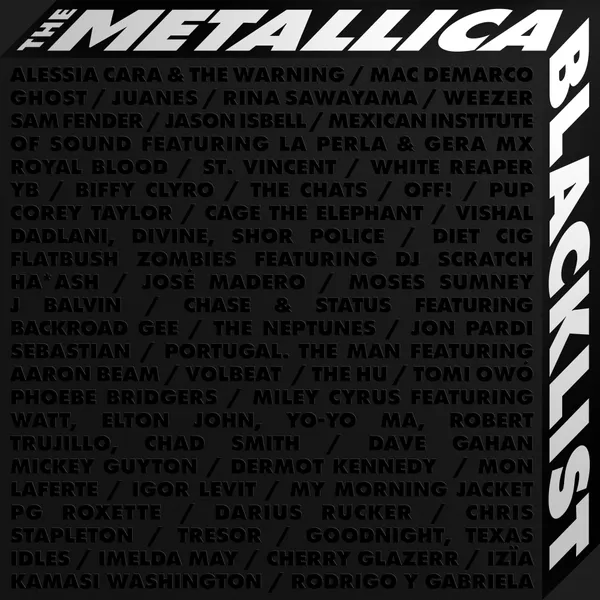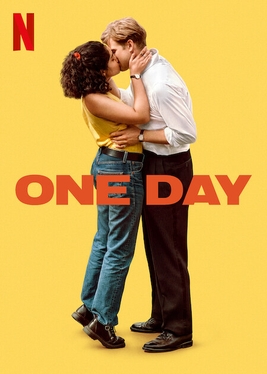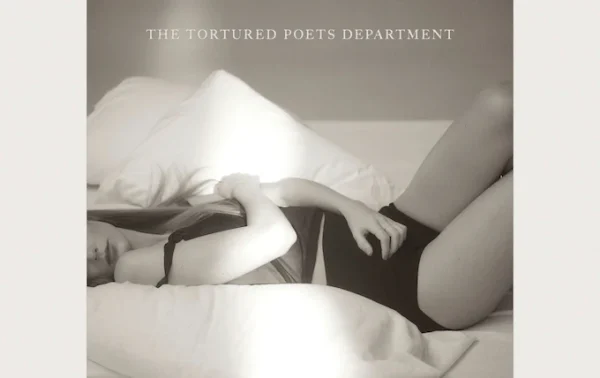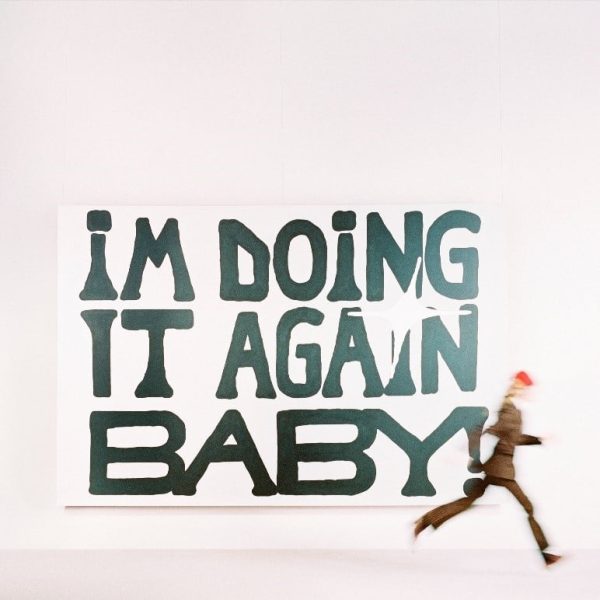The Metallica Blacklist is unique and a modern revamp of Metallica’s Black Album

The Metallica Blacklist album cover with all 60+ artists who are featured.
In celebration of the 30th anniversary of Metallica’s Metallica, known as The Black Album, over sixty artists came together to produce The Metallica Blacklist: a project of unity and commemoration.
Since the initial release of Metallica in 1991, the album has topped charts globally and was certified platinum 16 times in the United States alone. Both influential and slightly controversial, Metallica ranks high on many best albums lists and even won a Grammy Award in 1992 for “Best Metal Performance” and a Billboard Music Award for “Catalog Album of the Year” in 1999.
Metallica left their “cult-metal heroes” phase and entered one that is more acceptable for figures in the public eye. For Metallica, the band wanted to experiment with rock and metal to make it less hardcore than their previous album, …And Justice for All.
If Metallica band members never had experimented with the endless possibilities music holds and their figure as artists, an album that shaped their success would’ve never been released. In honor of Metallica’s highly successful and influential album, J Balvin, Miley Cyrus, Mac DeMarco, Volbeat, Jon Pardi, and many others have contributed their time to The Metallica Blacklist as appreciation.
Twelve songs create the tracklist for Metallica; however, fifty-three songs (each sung by a different artist) make up the revamped version to coincide with the everchanging modern music. The Metallica Blacklist is, essentially, an artist’s take on a song from Metallica, for it has the same songs multiple times, except each version is sung differently with a slightly different tune from the original. It’s a little ironic to have fifty-three songs covering Metallica; it was made to keep music short because Metallica concerts were considered “boring” and “unengaging.”
Of all the artists who covered “Enter Sandman,” the opening track, Mac DeMarco showcased a side of him that none of his fans would’ve expected to see, and I’m loving it. His songs are usually soft and lowkey, but they’re paired with a variety of depressing adjectives to describe love and women. DeMarco ventured away from his sappy, sad, and semi-sexual music to the metal/rock side of music. His voice sounds almost identical to the original version of “Enter Sandman,” and he executed a song from the opposite genre perfectly with little experience.
For the second track, Sam Fender’s live version of “Sad But True” weirdly intrigued me. He took a loud and chaotic metal song and turned it into a slower, less rambunctious tune and sang it as though he had a deep, sentimental connection to the lyrics. Unlike Fender, Biffy Clyro transformed “Holier Than You” by focusing on the detail of sounds music can make. Clyro and Fender’s take on the songs sound nothing like the original tracks from 1991, and their uniquely subjective comprehension of the songs creates a weird flow from one another.
For example, the interpretations for “The Unforgiven” all sounded like the original, and surprisingly, Cage the Elephant’s take did too. Flatbush Zombies, however, incorporated a rap style and beat that doesn’t completely drown the metal and rock inspirations. “The Unforgiven,” on both the 1991 and 2021 albums, captured the music highlights of their time and incorporated them into each version.
Nevertheless, I appreciate the songs; it truly shows how big of an impact Metallica had on people worldwide.
Metallica was ranked number one on the UK Billboard 200 as well as in the US, Switzerland, Portugal, Australia, and more. “Wherever I May Roam” was extremely successful alone, as a single, globally. Balvin sang “Wherever I May Roam” in Spanish, whereas Chase & Stokes flipped it and introduced British drill, a street-style form of rap in the UK. The covers of “Wherever I May Roam” are hard to understand, but, in my defense, I’m not fluent in Spanish, nor am I accustomed to hearing British drills. Nevertheless, I appreciate the songs; it truly shows how big of an impact Metallica had on people worldwide.
“Don’t Tread On Me” and “Through The Never” were each covered twice on The Metallica Blacklist. Portugal. The Man, Volbeat, The Hu, and Tomi Owó did a mediocre job of making it unique, but it doesn’t encapsulate the “making music less boring” idea that Metallica strives for. Though “Of Wolf and Man” wasn’t covered twice on The Metallica Blacklist, it was covered a solid one time by Goodnight, Texas. Not to be stereotypical, but the “Texas” in his name scared me just a little. I hate country music and everything that has to do with it. I didn’t hate his cover, but I also didn’t love that a country singer ruined a great song.
Another solo song, “The Struggle Within,” is entirely instrumental along with Igor Levit’s version of “Nothing Else Matters.” Metallica wanted to make at least one track from their albums to be entirely instrumental, and I’m glad that tradition carried over for the 30th-anniversary commemoration. The instrumentals on The Metallica Blacklist help break up the loud and overwhelming vocals and sounds of metal and rock music, and at the same time, it makes me appreciate the musicality rather than the vocals.
The album finished with an early 2000s rock and pop tone–nothing like the tone it started off as. “My Friend of Misery” by Izia and “The God That Failed” by Imelda May were nothing special except for a little sprinkle of nostalgic memories of Katy Perry.
The little nostalgia and rock instrumentals weren’t the right wrap-ups for The Metallica Blacklist. However, the unity of diverse music genres and styles pleased me, for Metallica resurfaced the grounds of music for many countries and generations to come.

For a third round, Sydney returns to write for The Central Trend as a junior. During the summer, she attended the Washington Journalism and Media Conference...





















































































